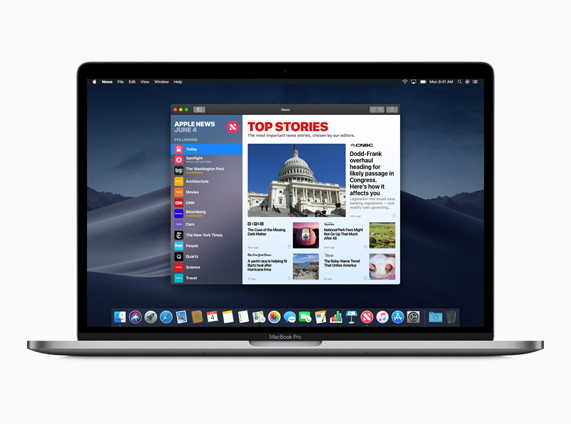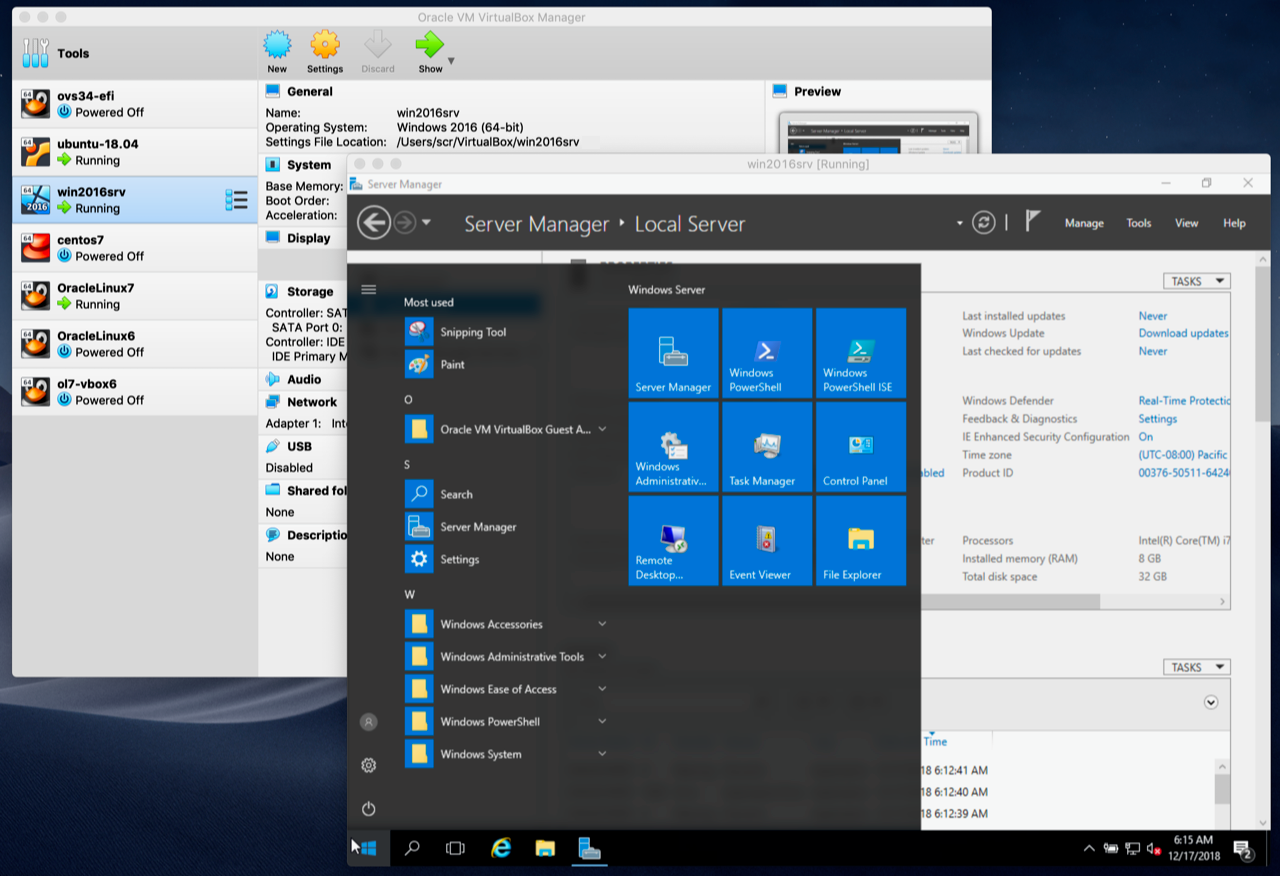To manage what a user can do on a computer, you use parental controls. To configure it, as explained in the link above, create a new user for your colleague and turn on parental controls: Choose Apple menu System Preferences, click Users & Groups, click the lock if it’s not unlocked, and enter an administrator name and password. Oct 10, 2016 When the user enters the name for a new account, the Mac generates and creates a matching “short name”. Users can override this name and pick anything they want. The short name will appear on the home folder. The fact is that the user can change the name at any time, but he or she can’t easily change the short name. I am planning to build a GUI application for Mac and Windows. I've been doing some research in the technology choices, as in the language, libraries, and build tools, so that I can share as much code as possible between the two platforms. The main requirements are: Meets the Mac App Store requirements. Native look and feel on both Mac and Windows.
- AD offers a number of user and device management capabilities for Windows users and systems. However, the majority of these management capabilities aren’t available for Mac (or Linux). This presents a few major issues for IT admins. The first issue is the lack of full control and management for macOS users. In large part, user management.
- Jun 24, 2019 There are several GUI Git clients available to users and if you’re searching for the ideal one to manage your repositories on a Mac then you are in luck because here is a list of the best GUI Git clients for Mac OS X. Fork is a free advanced GUI git client for Mac and Windows with an emphasis on speed, user-friendliness,.
Apple® has made huge inroads with Mac® systems over the last decade. Mac laptops and desktops have become a popular choice across organizations of all sizes in what was once a market dominated by Microsoft® Windows® systems. However, while Macs have become a common sight in the modern office, Microsoft Active Directory® (AD) has remained the identity provider.
Managing Macs with Active Directory presents challenges. Microsoft never designed AD to support Macs in the same way as Windows, nor are they interested in doing so. As the IT world shifts away from Windows to macOS® and Linux®, a significant number of IT admins want to know the best practices for integrating Macs with Active Directory.
Mac Management with Active Directory Falls Short
IT organizations have traditionally leveraged AD as their identity provider as well as their choice for managing Windows devices. AD offers a number of user and device management capabilities for Windows users and systems. However, the majority of these management capabilities aren’t available for Mac (or Linux). This presents a few major issues for IT admins.
The first issue is the lack of full control and management for macOS users. In large part, user management capabilities are limited to user authentication and password management. That means admins often have to implement third party add-ons to have the same level of control for Mac systems as they do for Windows endpoints in a pure AD environment. This not only adds a lot of complexity to user management, but also substantial added costs.

The other issue is the lack of device management capabilities for macOS systems. For example, one of the most powerful is AD’s Group Policy feature. Group Policy refers to a device management feature that enables IT admins to deploy commands and scripts to lock down aspects of the system itself. This could entail setting a screen lock timer or automatic OS updates. Microsoft calls these commands and scripts Group Policy Objects (GPOs).
While GPOs are certainly powerful tools, their effectiveness comes down to two factors. For one, they can only be applied to Windows systems. The other factor is systems must be directly bound to the AD domain. That doesn’t bode well for Macs.
The lack of GPOs for macOS endpoints in an AD environment is only a side effect of a larger problem. While it is easy to forget in the modern heterogeneous IT world, Windows and macOS are competing operating systems. Therefore, it is safe to assume that Microsoft will not be delivering system management capabilities for macOS systems on the same level as Windows endpoints any time soon.
Microsoft is not all that interested in providing support for a competing operating system like macOS. So if you have an organization that is deeply entrenched with AD, yet you’ve got a fleet of Macs to manage, the question has become, “What are the best practices for integrating Macs with Active Directory?”
Options for Integrating Macs with Active Directory
Currently, there are three major options for integrating Macs with Active Directory.
Powershell Gui Apps
Option 1 is to manually connect Macs to AD. This can be done through some configurations and settings. It isn’t necessarily easy, nor scalable, but it can be done. What you don’t get is deep management capabilities as well as the concept of GPOs for Macs nor the full user management capabilities as you do with AD for Windows devices.
Mac Gui App To Manage Users Free
Option 2 is to leverage a legacy directory extension technology. These solutions are enterprise-caliber tools that integrate with the on-prem AD server. These solutions are often expensive and further solidify the identity management architecture on-prem, often as IT organizations are making the leap to the cloud.

Mac Gui App To Manage Users Windows 10

Linux Gui Apps
Option 3 is to utilize a cloud identity bridge. The JumpCloud® Active Directory Integration that comes as part of Directory-as-a-Service® offers a particularly interesting example. This lightweight approach connects AD identities to virtually any resource that can’t be directly bound to the Active Directory domain. That can include not only Mac devices, but remote Windows machines, Linux servers at AWS, True Single Sign-On™ to web applications, WiFi authentication via RADIUS, and much more. This integration with AD federates to a cloud hosted directory service. As part of that directory service, IT admins can have full user and device control over their Mac fleet.
So What is the Best Practice?
Web App Gui
Cloud identity bridges offer the greatest flexibility and allow an IT organization bound to AD to be more agile and adaptable as the modern office continues to evolve. AD Integration is unique in that it also offers GPO-like capabilities native to the functionality of Directory-as-a-Service. That means IT admins can set policies on Mac and Linux machines while AD remains the authoritative IdP.
If you would like to know more about the best practices for integrating Macs with Active Directory, drop us a note. You can also sign up for an account and start extending AD today to your Mac fleet. Feel free to contact us if you have any questions.